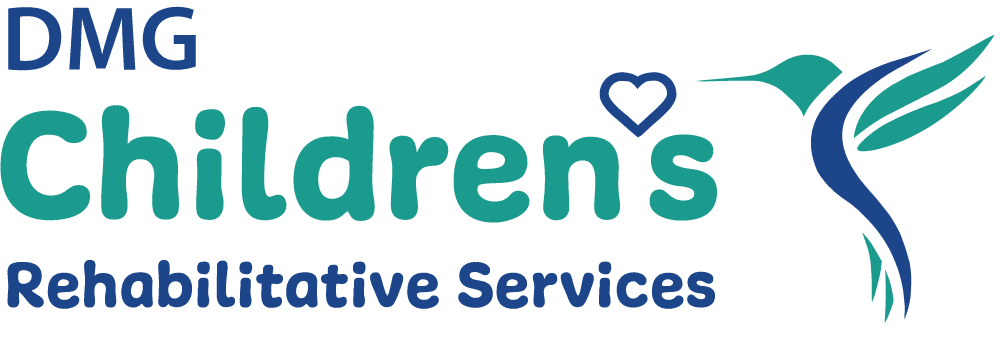5 Ways Parents Can Help Their Child Manage Bullying
By Megan Aros-O’Malley, PhD, Psychologist, DMG CRS
An estimated one in four children reports being bullied. Moreover, while bullying was once contained to face-to-face interactions, the increase of technology in modern society has brought the advent electronic bullying or “cyberbullying,” which can occur in any place or location via social media and smart phones. Children who experience bullying are at risk for any number of negative outcomes, including poor school adjustment, sleep problems, anxiety, and depression. Parents can play a powerful role in helping their children understand, manage and cope with bullying. Here are five tips for parents:
1. Explain to your child what bullying is. Children who know what bullying is can more easily identify and talk about it if they experience it.
Provide children with examples of the different forms and contexts in which bullying may occur (i.e., physical, name calling, electronic, etc.). Real world examples unfortunately occur too often but can be conversation starters for children. For example, a special needs child was recently recorded in the urinal by a fellow student, and that student posted the video on social media.
This sad example could be used to, not only discuss bullying with your own children, but also encourage children to speak up if they witness bullying and encourage kindness to others. The goal is to create a risk-free, safe environment and ensure your child tells you about any potential bullying as soon as possible.
2. Role-play appropriate responses with your child. As you discuss bullying- potential or actual- help empower your child by talking about and role-playing potential responses. In doing so, you and your child can openly discuss appropriate and inappropriate responses.
Give your child tips for responding, such as assertively telling the bully to “stop” or responding with humor. Help your child identify ways to respond that are not only appropriate but comfortable for your child.
3. Identify a support person at school. When proactively talking about bullying with your child, ask him or her to identify an adult at school he or she trusts and would feel comfortable going to for help.
Make sure that trusted adult at your child’s school knows he is your child’s “go to” person if your child feels threatened, scared, or concerned while at school. Although this adult may not be able to solve the problem immediately, he or she can be an important source of comfort.
4. If your child is bullied, provide empathy, support and a sense of calm. As a parent, we have what we perceive as “bigger, more complex” issues so we may inadvertently minimize problems our children share with us; don’t minimize bullying or any problem your child shares with you.
Instead, empathize and validate your child’s emotions. “If someone said that to me, I’d feel sad and mad, too. I am sorry that happened to you. Let’s talk about it.”
While empathizing, stay calm. Remember, that even if you’re angry at the person who bullied your child, showing your anger can make your child feel more stressed and less likely to share tough situations with you in the future.
Wait until you’re not with your child and then share your emotions with another trusted adult, go to the gym and get a physical release, or find a quiet space alone to experience your emotions of anger, sadness, frustration, etc.
5. Don’t stand by and hope it gets better. Doing nothing is never a good option when you suspect your child is being bullied. If it’s occurring at school or by a classmate, reach out to the school immediately.
Do you know the school’s policy and procedures around bullying? What training with teachers and staff has been done? What, if any, conversations about bullying have occurred with students? I recommend being proactive in understanding how your child’s school is managing bullying, because if it happens to your child, your emotions will be high, and that’s not the time to be trying to understand how the school manages bullying.



